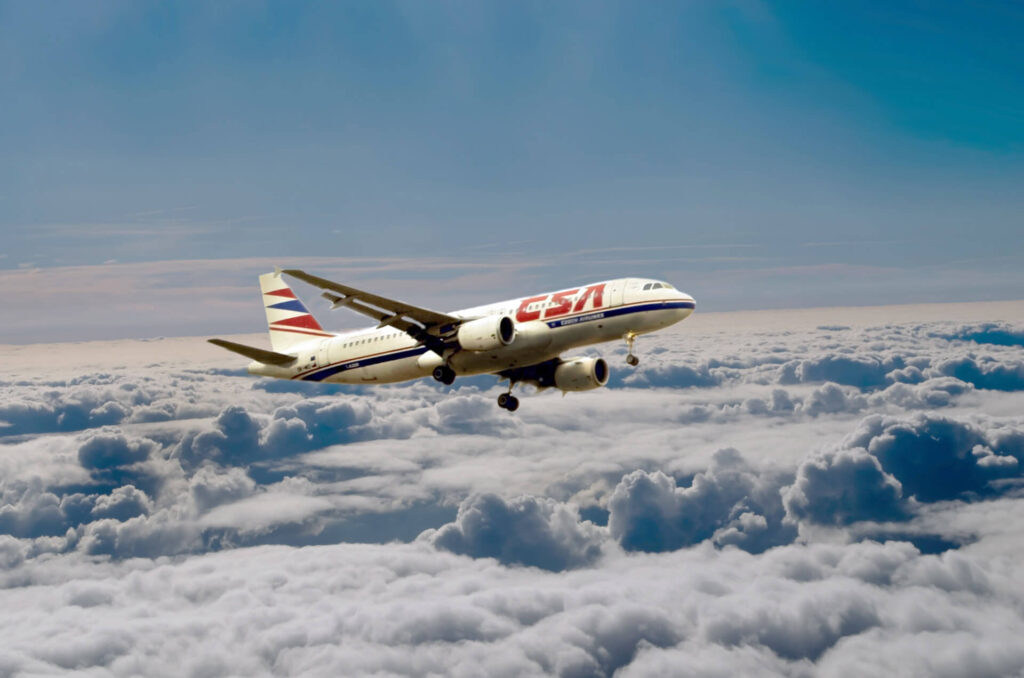Turbulence is a concern that has bothered every air traveler at least once in their life. It might not be one of the most pleasant experiences for the passengers, when the aircraft cabin is shaking as if you were sitting in a car that is driving on a bumpy road. However, the main reason why turbulence causes so much fear among passengers is that most of them don’t understand what causes turbulence. The travelers might not be well aware of how the pilots are trained to manage it, and how the airplanes are designed and built to handle it.
Important facts about turbulence
Turbulence could be considered as one of the great mysteries of physics. Both mathematicians and physicists have not been able to solve the turbulence mystery yet. Turbulence is often referred by scientists to as chaos. It occurs when bursts of energy get into the air the plane is flying through. This energy causes changes in the pressure and speed airflow which leads to powerful air currents that move in different directions. If an aircraft gets into such streams, it might seem that the jet is falling (this is called a somatogravic illusion where the brain interprets a deceleration as the plane pitching down, when in fact, the change in height hardly reaches several meters) or bounces on a particularly steep bump.
There are three main factors that cause turbulence-related air flows :
- Shear, such a turbulence occurs when two adjacent areas of air move in different directions. The border between them can be a turbulence hotspot. A common cause of shear is jet flow from another airplane, also called wake turbulence.
- Thermal turbulence is caused by the heat which rises and heads up through the cooler air. Thermal turbulence could be related to clear-air turbulence, which is considered one of the most dangerous as it is impossible to predict or notice.
- Mechanical turbulence is caused by large structures on the ground, such as mountains.
Planes usually experience turbulence when flying through pockets of raising and falling air called eddies. They are formed along the edges of the thunderstorm front, which the plane is trying to bypass. These eddies are not visible on the radars, and it is hard to determine the boundaries of the turbulence zone in advance and correct the route on the ground.
Turbulence can also occur during landing when the plane encounters strong headwinds and side winds. It is felt more strongly at lower altitudes, and weaker at higher altitudes. The larger the airliner, the less noticeable the turbulence.
There are varying degrees of turbulence depending on its intensity:
Weak, that can cause a little discomfort but does not disrupt the normal course of the flight.
Medium – more uncomfortable that makes walking around the cabin difficult as you can hit something or somebody by accident or even get injured. Just like on a bus during hard braking or cornering. To avoid accidental injury, the captain turns on the signal “Fasten your seat belts.” In case of moderate turbulence, we will also ask for seats and flight attendants.
Severe turbulence is the only category of turbulence that can be considered dangerous, as pilots might temporarily lose control of the machine.
Severe turbulence is very rare and appears in the area of action of thunderstorms and a large accumulation of thunderclouds. This can be foreseen by studying the weather maps and tracking on the radar. Pilots will always bypass these areas if possible. And if it is impossible, then they choose alternate airfields. Moreover, there are restrictions at what distance it is safe to bypass dangerous zones, both from the side and in height.
Danger of the turbulence to passengers and crew
Despite the discomfort—and fear—it induces, turbulence is a common part of most flights. When turbulence occurs, the risk of losing balance and getting an injury when moving around the cabin increases. As a result, the simplest and most effective way of preventing such injuries is to keep your seatbelt fastened not only whenever the sign is illuminated, but also throughout the whole flight.
It is very important to follow the instructions of the flight attendants since their job is to ensure the safety and comfort of passengers during the flight. Along with the notification of entering the turbulence zone, passengers are always asked to return to their seats and buckle up, and the flight attendants additionally check the shelves with hand luggage so that it does not fall out of a poorly closed box on a steep air bump. In other words, turbulence in flight is an inconvenience, not a threat. All the passenger needs to do is sit down, buckle up, and just wait until the plane passes this area.
How turbulence affects the plane
Before departure, pilots receive weather reports including meteorological data and forecasts for jet streams to avoid potential areas of turbulence and actions in advance. Also, the flight route is plotted on the ground, taking into account the thunderstorm fronts.
To prevent turbulence, pilots carefully study the weather patterns, plan, and choose the best route before every flight.
The impact of turbulence is taken into account even at the design stage of aircraft, along with many other factors that ensure flight safety. The airliners are designed to withstand significantly more severe impacts than ever experienced because of turbulence. The aircraft crew has to follow standard rules developed for a bumpy flight. If parameters of turbulence go beyond the limits, the pilot has to choose an alternate airfield.
Besides, the monitoring does not stop during the flight to instantly respond to unexpected zones of turbulence that occur along the way – this is possible, especially on long-haul flights. If in-flight turbulence appears where it was not marked in the maps, the pilots inform the dispatcher about this, who then warns other aircraft entering this sector.

